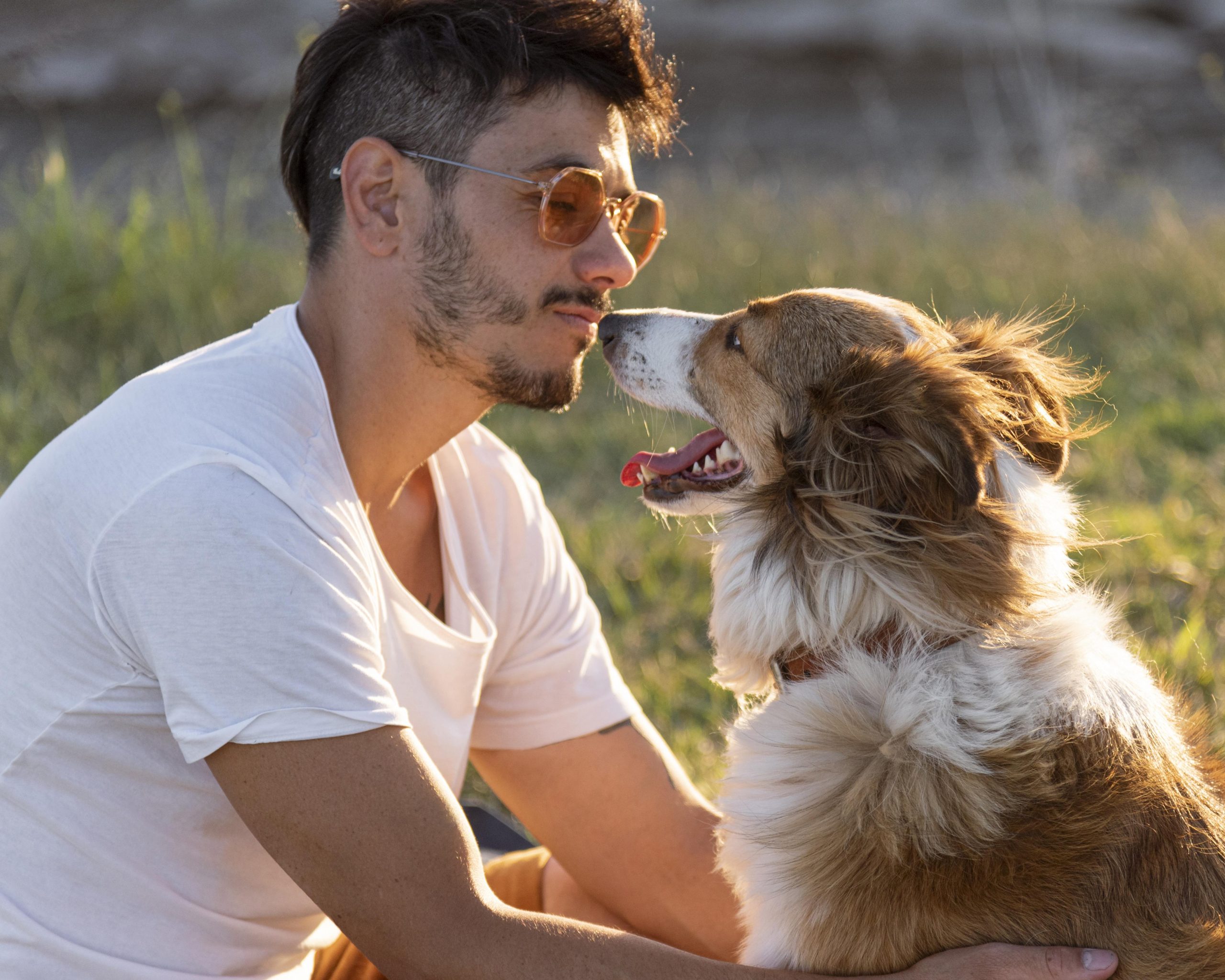
Dog vocalisations – How to understand your pups better
Understanding the different sounds that dogs use can help interpret their behaviour and emotions. Learning to understand the “what and why” of your dog attempting to say something is an important aspect of communicating with them.
Pay attention to your dog’s body language: Dogs are very expressive, and their body language can give you important clues about what they’re trying to communicate. For example, a wagging tail and relaxed body posture might indicate that your dog is happy or excited, while a stiff body and raised hackles could indicate fear or aggression.
Listen to the pitch and tone of your dog’s vocalisations: Just like humans, dogs use pitch and tone to convey different emotions. High-pitched whining or whimpering, for example, can indicate fear or distress, while low-pitched growls can indicate aggression.
Observe the context in which your dog is vocalising: This can give you essential clues about what they’re trying to communicate. For example, if your dog is at the door barking, it might be alerting you to someone’s presence. If they’re whining by the food bowl, they might be hungry.
Be patient and attentive: Learning your dog’s unique vocalisations and what they mean takes a while. Taking the time to understand and being attentive to your dog’s communication will benefit both of you and your dog will love you more for it.
Seek professional help if necessary: If you’re having trouble understanding your dog’s vocalisations or if they’re exhibiting aggressive or concerning behaviour, seek professional help from a certified dog behaviourist or trainer.
Some dogs can be more expressive than others. It can depend on the individual dog or even the breed of the dog. Ultimately every dog is unique and how it communicates depends on not only its breed but also its experiences. Expecting a dog never to whine or bark is not fair to the dog. Every dog communicates with its human, and some amount of vocalisation is normal and to be expected.
The dog’s age can also be a reason for them to be more vocal. Puppies, like human babies, do cry more. This may be due to separation from the mother and siblings, due to teething, to show hunger or discomfort. While this would reduce as puppies grow up and gain confidence and impulse control, it is never going to go away completely. If a dog is whining or barking incessantly, rule out the following first.
- Ensure that the dog is not sick or hurt.
- They do not have any unmet needs like a healthy diet or sufficient exercise.
- Is it attention-seeking behaviour?
Attention-seeking behaviour, appeasement, and greeting excitement can be tackled by training the dog to channel its excitement to a favourite toy, teaching alternative behaviour when in high spirits, and building the dog’s overall confidence by fun training at obstacle courses, puzzle toys, or other similar exercises. Identifying situations that make dogs uncomfortable and never forcing them into such scenarios if it can be helped help reduce the dog’s stress. Examples can be that your dog may be nervous around small kids or even other dogs. Observe and recall your dog if you feel that he is getting stressed. Communicate to the other parents that he has issues and you need to ensure he is safe. For attention-seeking behaviour, it is better if you train the dog to realise that it is more rewarding to be quiet than to seek your attention constantly.
Never punish your dog or puppy for whining. They are trying to tell you something, and if you react negatively, their insecurity will increase, and in turn, this can affect your relationship with your dog and cause behaviour issues further on. Remember, communication with your dog works both ways. You can build a strong and trusting bond with your furry friend by paying attention to their body language and vocalisations and responding appropriately to their needs.
Disclaimer: We are not vets or trainers, just passionate people that own reactive or anxious pups. The above are accounts of what we do and how they go for our canines. We hope some of them are helpful for you.



 Blog
Blog

